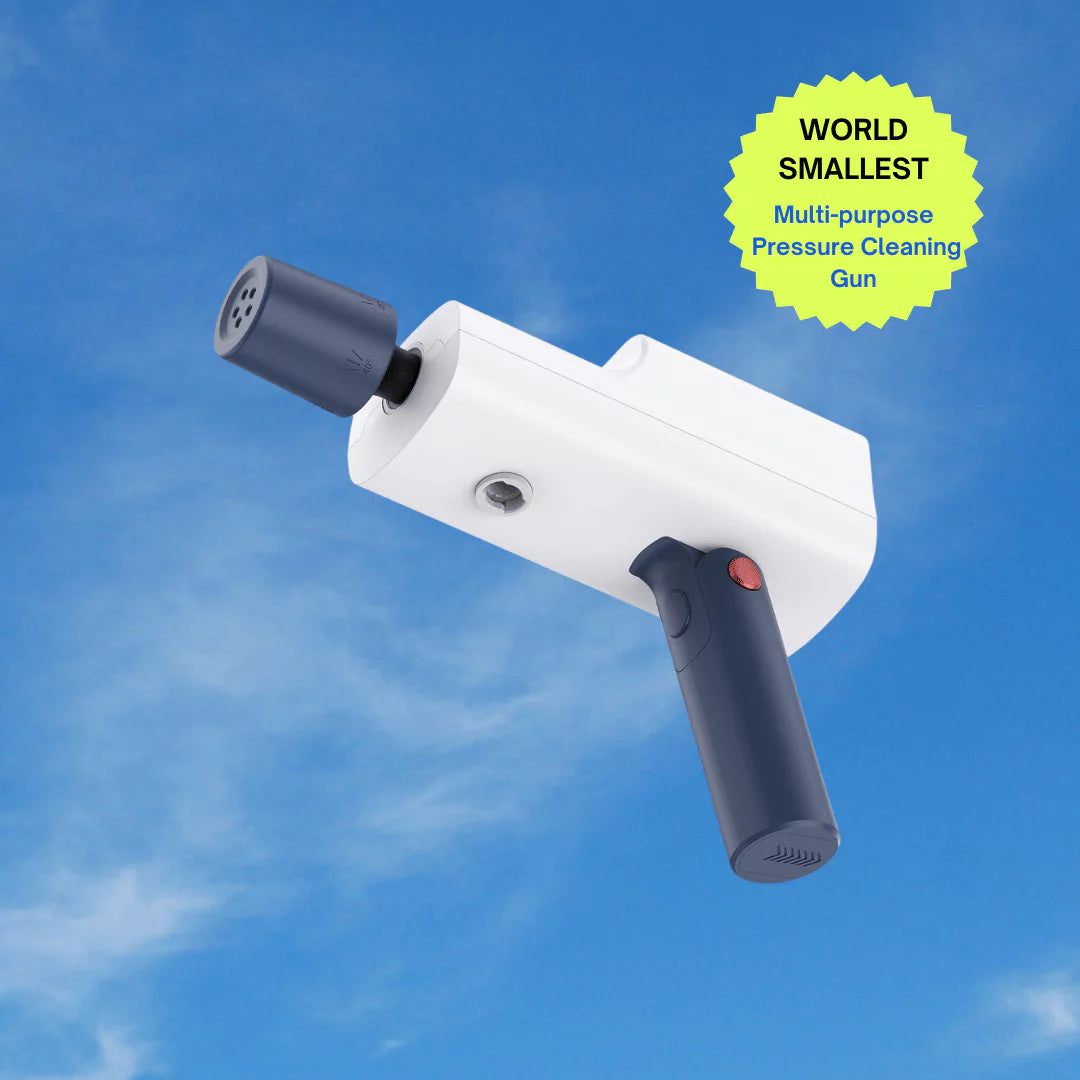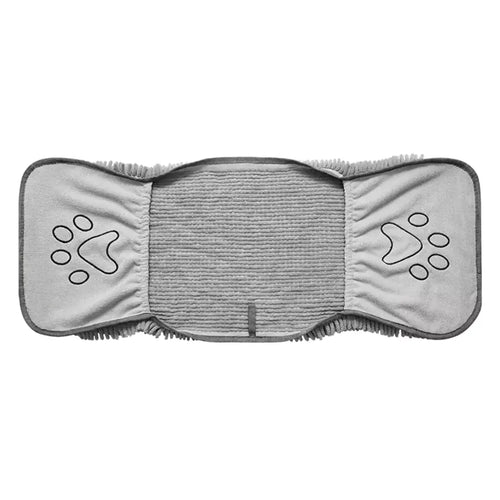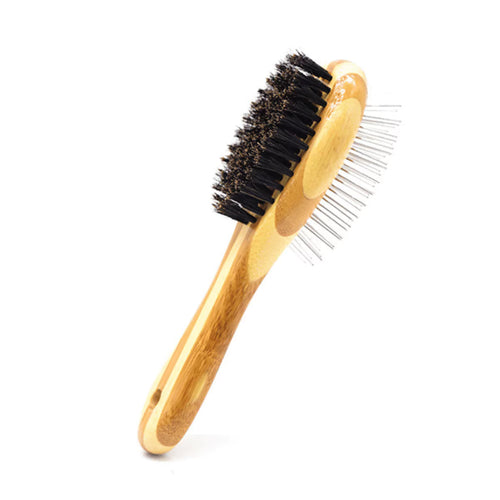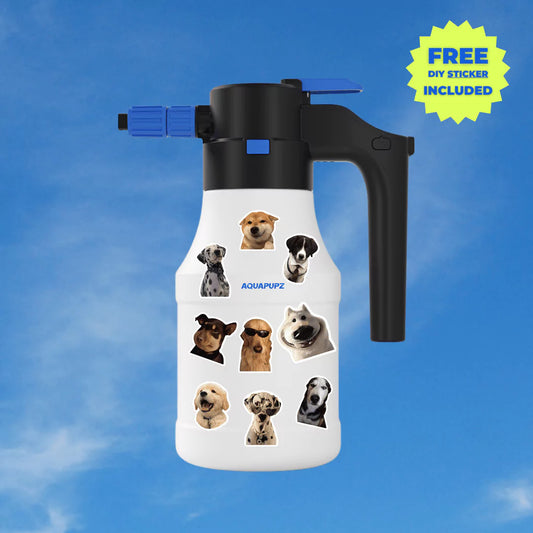Introduction
Welcome to our comprehensive guide on dog grooming! As a dog owner, understanding the ins and outs of grooming can make a world of difference for your furry friend's health and happiness. Whether you're considering professional grooming services or looking to enhance your grooming routine at home, we've got you covered. Let's dive into the top 10 things you should know about dog groomers.
1. How much does it cost for a dog to be spayed?
The cost of spaying a dog varies widely depending on factors like the dog's size, age, and location. On average, you can expect to pay between $50 to $300 for the procedure. Some clinics and animal welfare organizations offer low-cost spay/neuter programs to make the service more affordable.
For more information on affordable spaying options, visit our low-cost spay/neuter program.
2. Why is my dog's spay so expensive?
Several factors contribute to the cost of spaying, including the type of clinic, the dog's size, and whether additional services like blood work or pain medications are included. Specialized care, anesthesia, and post-operative monitoring also add to the overall cost.
For more details, check out our article on understanding spay/neuter costs.
3. What age should a female dog be spayed?
Most veterinarians recommend spaying a female dog between 6 to 9 months of age. This timing allows the dog to reach a certain level of physical maturity while minimizing the risk of health issues related to reproductive organs. However, some vets may suggest spaying at a younger or older age based on the individual dog's health and breed.
For more information, visit our spay/neuter age guide.
4. Is it worth getting a female dog spayed?
Yes, spaying a female dog offers numerous health benefits, including reducing the risk of uterine infections and mammary tumors. It also helps control the pet population by preventing unwanted litters. Spaying can lead to a calmer, more manageable pet and eliminate the behaviors associated with heat cycles.
For further details on the benefits, read our article on the benefits of spaying.
5. Does spaying a dog calm them down?
Spaying can help calm a dog by reducing hormone-driven behaviors. Many female dogs exhibit less aggression, roaming, and marking behaviors after being spayed. However, individual temperament and behavior can vary, so it's important to address specific training and behavioral needs as well.
Learn more about post-spay behavior changes in our guide on spaying and dog behavior.
6. How much do female dogs change after being spayed?
After being spayed, female dogs typically become calmer and less prone to behaviors associated with their heat cycles, such as marking and seeking out mates. Physically, they may experience a slight change in metabolism, which can lead to weight gain if their diet and exercise routine are not adjusted accordingly.
For a comprehensive overview, visit our page on changes in dogs after spaying.
7. Can I carry my dog after being spayed?
Yes, but you should be very gentle and careful. After spaying, dogs need to rest and recover. Limit their physical activity and avoid rough play to prevent any strain on the surgical site. If you need to carry your dog, support their entire body to avoid putting pressure on their abdomen.
For post-surgery care tips, read our article on caring for your dog after spaying.
8. What are the side effects of spaying a female dog?
Common side effects of spaying include mild pain, swelling, and slight bruising around the incision site. These symptoms usually subside within a few days. In rare cases, dogs may experience more serious complications, such as infection or adverse reactions to anesthesia.
For more details on potential side effects, see our guide on spaying side effects.
9. How do dog groomers make dogs smell so good?
Dog groomers use a variety of high-quality shampoos, conditioners, and finishing sprays specifically designed for dogs to leave them smelling fresh and clean. These products often contain natural ingredients and essential oils that help neutralize odors and leave a pleasant scent.
For maintaining that fresh smell at home, you can use the Aquapupz Magic Massage Bath Comb.
10. What shampoo do vets recommend for dogs?
Vets typically recommend shampoos that are gentle, hypoallergenic, and free of harsh chemicals. Oatmeal-based shampoos are popular for their soothing properties, especially for dogs with sensitive skin. Medicated shampoos may be prescribed for dogs with specific skin conditions.
For vet-recommended products, visit our collection of Aquapupz grooming tools.
Conclusion
Understanding the importance of professional dog grooming and knowing how to maintain your dog's grooming routine at home can greatly enhance their health and happiness. From selecting the right groomer to deb unking common myths, being informed helps you make the best choices for your furry friend.
For more tips and products that make grooming easier, visit our Aquapupz website. Happy grooming!







